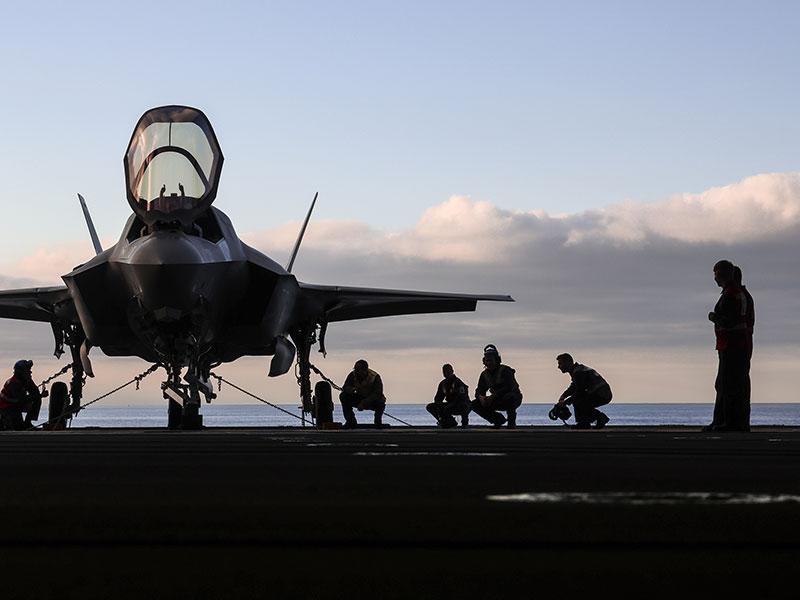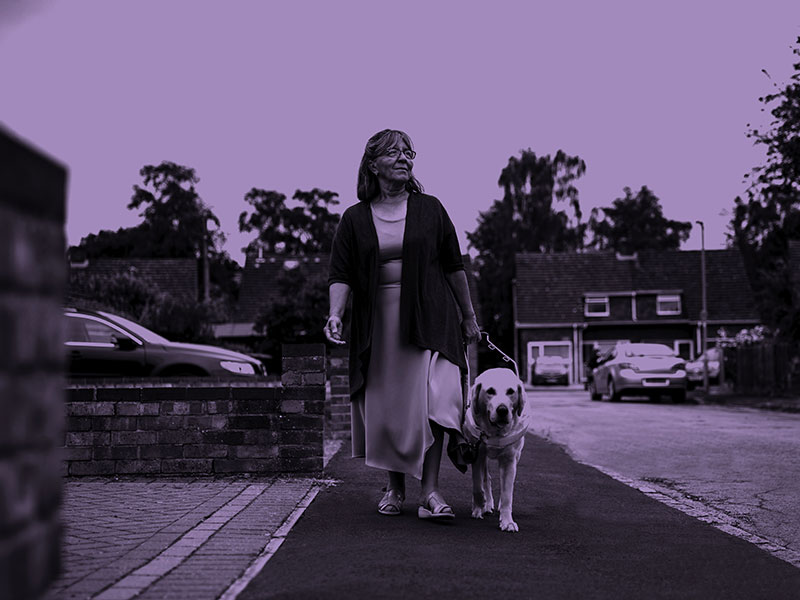Sir John Bourn, head of the National Audit Office, told Parliament today that in recent years the Ministry of Defence have produced fewer trained pilots than the Armed Services require, and some 45 a year (18 per cent) fewer than needed have entered operational service. This situation has contributed to a shortfall in operational pilots which is particularly severe for fast jet pilots. On present plans, a shortfall in such pilots will continue to 2012, even if output of new pilots meets target every year.
Jump to downloadsThe Armed Services need some 250 new pilots each year and this figure is set to increase to 290 in 2001. All three Armed Services operate aircraft and require trained pilots: helicopters for the Army; helicopters and fast jets for the Royal Navy; and helicopters, fast jets and multi-engine aircraft for the Royal Air Force. The National Audit Office’s report focuses on the activities of the Royal Air Force’s Training Group Defence Agency who are largely responsible for the initial stages of pilot training for all three Services – from basic flying training to the transfer of pilots to their individual Services for specialised operational training.
The report shows that:
- United Kingdom military pilots enjoy a high reputation internationally, a fact confirmed during our consultation with overseas colleagues and in the performance of United Kingdom pilots in international operations, exercises and competitions. The quality of their initial training has clearly played a part in that outcome;
- the reasons for the shortfall in new fast jet pilots are centred on the increased length of time taken for pilots to reach the front line – some 5.5 years compared with just over three years planned. That increase in time taken in part reflected shortages of instructors and suitable aircraft. Reductions in the size of the Royal Air Force have also meant that newly trained pilots could not immediately be absorbed, leading to backlogs in the training pipeline and the need for refresher training;
- the Department’s costing systems do not readily identify the costs of pilot training and the National Audit Office analysed the available data to show the indicative costs. They estimated the overall cost of initial pilot training in 1998-99 to be some £280 million, with operational training an additional cost. Fast jet training is the most expensive type of training. It costs some £3.8 million to train a fast jet pilot prior to operational training, with a further £1.9 million for the cost of an operational training course. The cost of training flying instructors was the largest single component making up 30 per cent of cost. Wastage among trainees, the need to fly more hours than planned, and delays in moving trainees through the system contributed 27 per cent of cost;
- the Agency have made recent progress in agreeing output standards with their customers and have vigorously pursued a number of management initiatives, including the use of external benchmarks. There is, however, scope for better quality management of some aspects of the training system. The quality target is poorly formulated and there has been no credible mechanism for obtaining customer views of quality achieved. The Agency are developing new arrangements for tracking quality; and
- in the five years to 1998-99 the Agency reported savings of £50 million against a target of £41 million and a variety of site rationalisation and contractorisation projects have contributed towards improved efficiency. However, weaknesses in planning have meant that the implications of site rationalisation were not fully understood, with the result that fewer sites have been sold than planned, and some initially closed have had to be re-opened. And there was scope for improvement in the specification of services and contract monitoring.
The process of training new pilots is complicated and resource-intensive, and must be viewed as a whole if best value for money is to be achieved. The report includes a number of detailed recommendations covering recruitment, selection and overall success rates, fast jet training and managing for quality. In building on existing arrangements the Department should:
- recognise the importance of the time taken for a trainee to qualify and include elapsed time in monitoring of training performance;
- make sure adequate information is available to support decision on change, and that analysis covers the full range of implications of any change, and known disturbances to the system – such as for example the effects of deployments on instructor availability; and
- develop an outline model of the pilot training system, drawing on the work of the National Audit Office, to facilitate an understanding of the interactions and dynamics of the system, and to refine the indicators and targets used to manage pilot training.
"The shortage of trained pilots is a cause of concern and on the Department’s own projections is likely to continue for some time even if targets are met for training new pilots. The Department should look at possibilities for making existing arrangements for training pilots, already drawn together to a good degree in the Training Group Defence Agency, more coherent and take forward the recommendations set out in this report"
Sir John
Downloads
- 9900880es.pdf (.pdf — 80 KB)
- 9900880.pdf (.pdf — 1 MB)
Publication details
- ISBN: 105569526 [Buy a hard copy of this report]
- HC: 880 1999-2000



